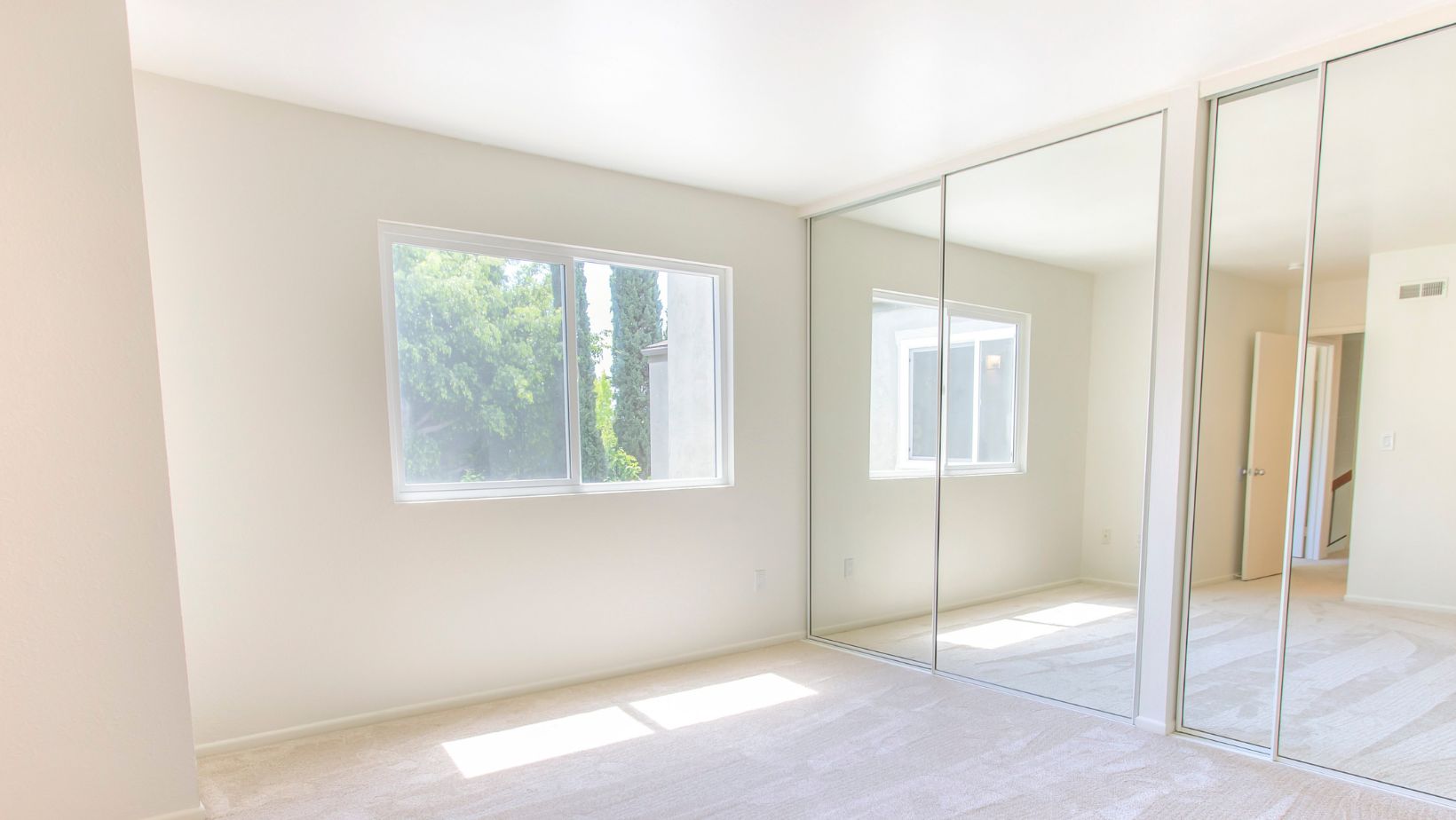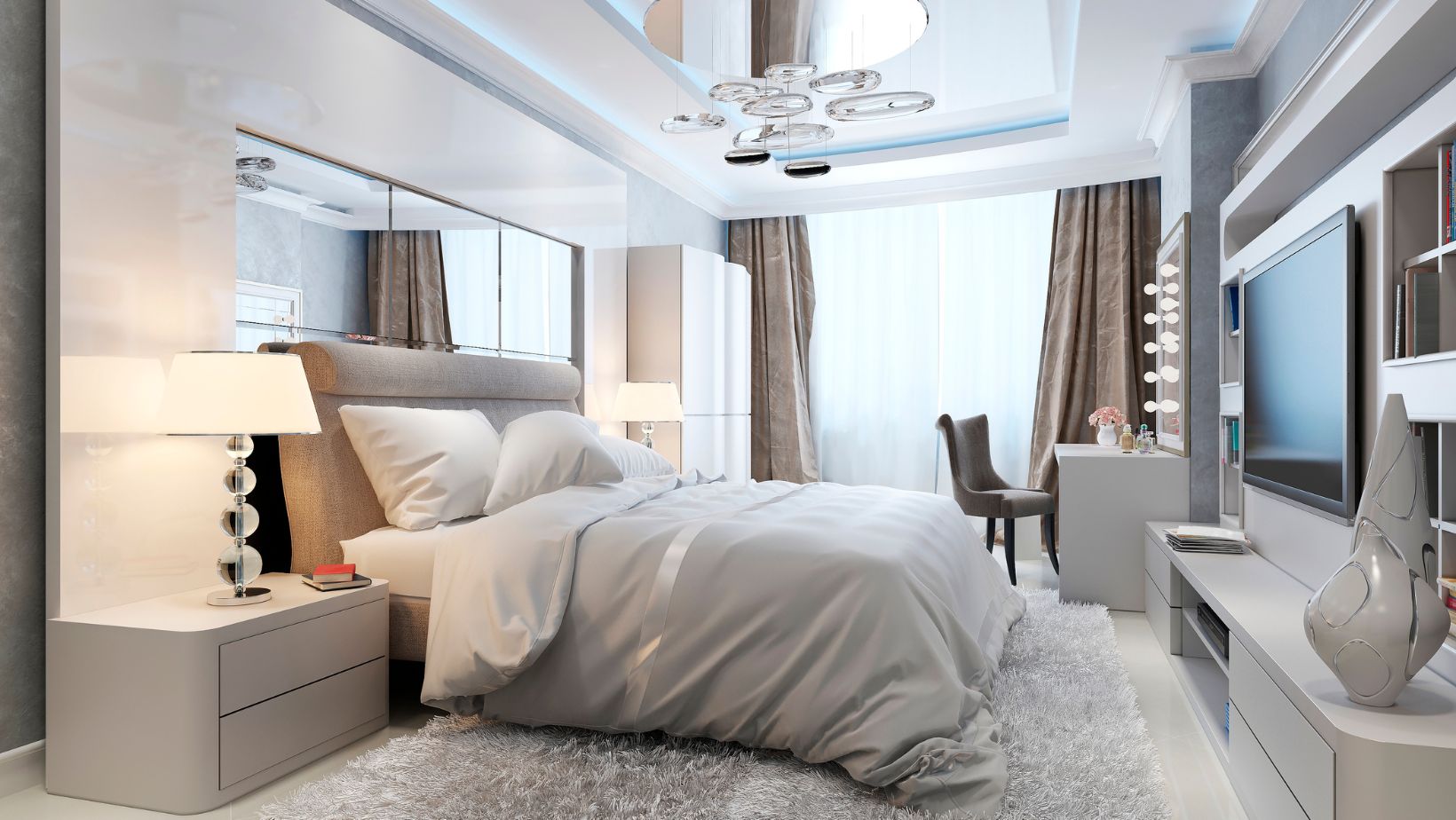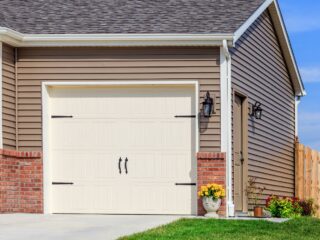
Interior Double Closet Doors
If you’re looking to enhance the functionality and style of your closet, interior double closet doors could be the perfect solution. These doors not only provide easy access to your belongings but also add a touch of elegance to any room. With their unique design, they offer a visually appealing way to divide larger spaces while maintaining privacy.
Interior double closet doors come in a variety of materials, such as wood, glass, or composite. Wood doors bring warmth and a classic look to your space, while glass doors create an open and airy feel by allowing light to pass through. Whether you prefer traditional or contemporary styles, there are options available to suit every taste and complement any interior decor.
Different Types of Interior Double Closet Doors
When it comes to interior double closet doors, there are a variety of options available to suit different styles and preferences. Here are some of the most popular types:
- Sliding Doors: Sliding doors for double closets have gained popularity due to their sleek and space-saving design. They consist of two panels that slide horizontally along a track, allowing easy access to the closet without taking up additional floor space.
- French Doors: If you’re looking for an elegant and classic option, French doors can be a perfect choice. These double doors feature multiple glass panels that allow natural light to flow through while adding a touch of sophistication to your space.
- Bi-Fold Doors: Bi-fold doors are another practical solution for interior double closets. As the name suggests, they fold in half when opened, providing full access to the closet’s contents while minimizing obstructions in tight spaces.
- Louvered Doors: For those seeking ventilation and visual interest, louvered doors offer a unique solution. These doors feature slatted panels that allow air circulation while maintaining privacy within the closet.
- Mirrored Doors: Mirrored double closet doors not only serve as functional pieces but also help create an illusion of more space in smaller rooms. The mirrored surface reflects light and adds depth to your living area or bedroom.
Each type of interior double closet door has its own advantages and aesthetic appeal, so it’s essential to consider factors such as room size, decor style, and functionality before making a decision.

Choosing the Right Materials for Your Closet Doors
When it comes to selecting materials for your interior double closet doors, there are several factors to consider. The material you choose can impact not only the overall aesthetics of your space but also the functionality and durability of your doors. Here are some key considerations to keep in mind:
- Wood: Wood is a classic choice for closet doors, offering a timeless and elegant look. It can be stained or painted to match your decor, allowing for versatility in design. Solid wood doors provide a sturdy and substantial feel, while engineered wood options offer more affordability without compromising on quality.
- Glass: If you’re looking to add a touch of modernity or create an illusion of space within your closet area, glass doors can be an excellent option. Frosted or textured glass provides privacy while still allowing light to filter through, making it ideal for bedrooms or storage spaces.
- Mirrored Doors: For those who want their closets to serve as functional dressing areas, mirrored doors can be a perfect choice. They not only reflect light and make the room appear larger but also allow you to check your outfit from head to toe before heading out.
- Metal: If you prefer an industrial or contemporary style, metal closet doors might be the right fit for you. Aluminum or steel doors offer durability and a sleek aesthetic that can complement modern interiors beautifully.
5 Vinyl/Laminate: Vinyl or laminate-coated closet doors are known for their affordability and low maintenance requirements. These materials come in various finishes and colors, allowing you to achieve different looks without breaking the bank.
Remember that each material has its own pros and cons in terms of cost, maintenance needs, resilience against wear and tear, insulation properties, and overall visual appeal. Carefully evaluate these factors based on your specific requirements before making a decision that best suits your personal style preferences and budget constraints.





